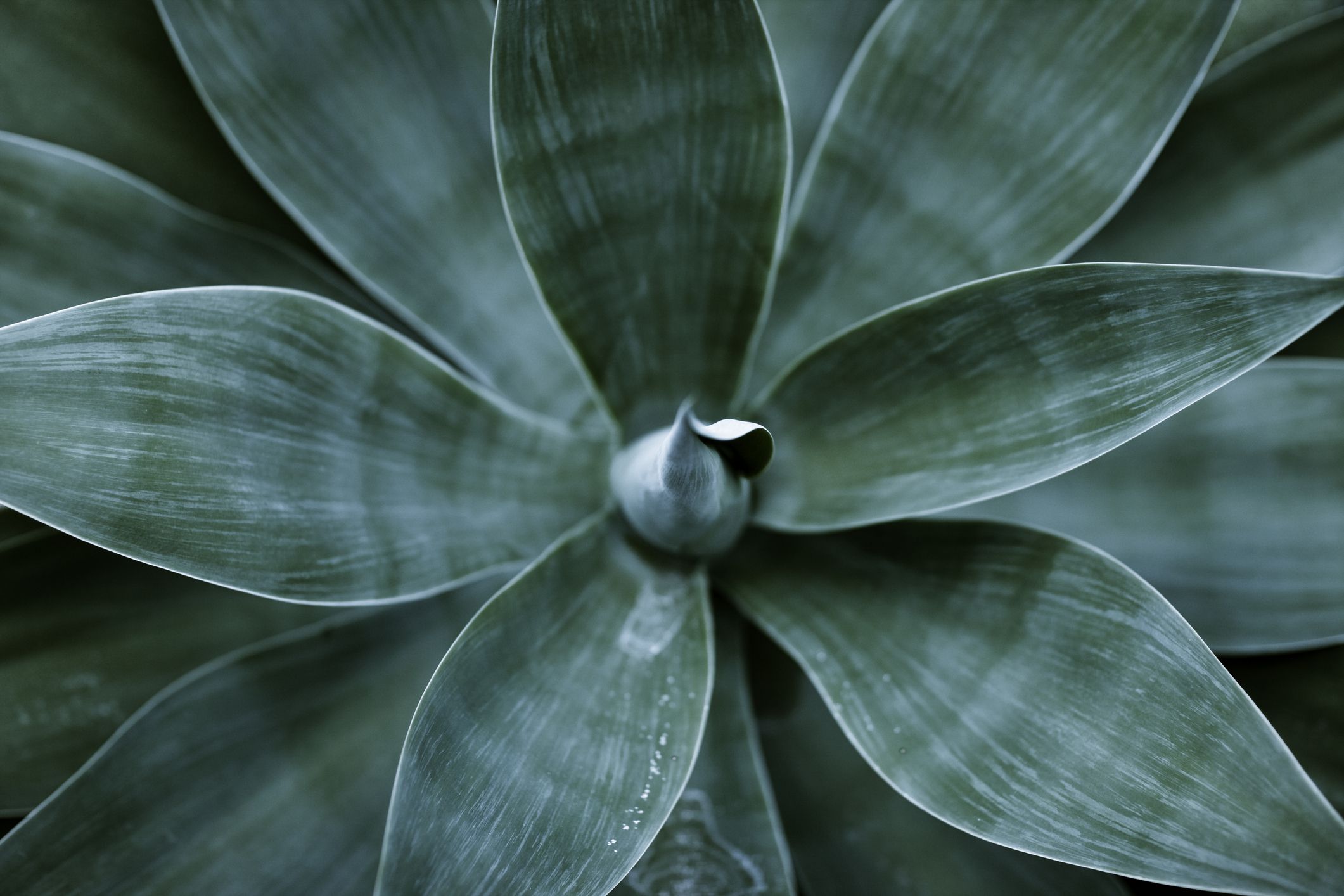Agave mix - 10 seeds



Agave mix - 10 seeds
The succulent leaves of most Agave species have sharp marginal teeth, an extremely sharp terminal spine, and are very fibrous inside. The stout stem is usually extremely short, which may make the plant appear as though it is stemless.
1. Mix equal amounts of garden soil, sand and broken brick perlite. Sterilize prepared substrate by putting it in a microwave for 3 minutes or in your oven for 45 minutes approximately.
2. Previously prepared containers for planting are to be filled with substrate, but while doing it, be careful and leave some space at the top, at least 0.5 inches (2cm). Add plenty of water and leave the container, so that the water has some time to decant.
3. Plant Agave seeds, but leave at least 0.4 inches (1cm) of space between each seed. Then cover the seeds again with a thin layer of substrate, and to finish it off, cover it with a thin layer of fine gravel, with grains no bigger than 0.12 inches (3mm). Water it again.
4. Moisture is the most important part for seed germination. It’s best to cover the container with a piece of nylon or a plastic bag in order to keep it moisturized. The container with seeds should be put somewhere warm, but not exposed to direct sunlight. The temperature needed for Agave to germinate is 77°F (25°C) and above.
5. The germination can start as soon as 4 days after planting, but it’s more frequent for it to start after 10-12 days. Remove the glass that kept the container moisturized 2 weeks after planting.
6. You need to spray the substrate every day, it cannot be let to completely dry off. It is also important to provide the plant with sufficient sunlight during the day, but avoid direct sunlight for a couple of months. It’s of great importance for Agaves not to change its light regime during this sensitive period. Try to provide it with a similar amount of light every day.
7. Agave’s seedlings have a tendency to fall over, which can be fatal for them. You can prevent that by adding some pebbles around the plants. Agaves bred from the seed start off as one leaf. The empty shell of the seed can stay at the top of the plant for a long time. You can take it of gently by yourself, but it’s not necessary. The plant starts to form a new leaf four weeks after germination, so they start looking like mature Agaves. However, only after forming the third leaf will Agaves look more like their parents.
USDA Hardiness Zones: The majority of agave plants cannot withstand freezing temperatures and do better in zones 8 or higher. Some varieties (i.e. Agave parryi) can do well year-round to USDA zone 5.
Foliage: Most agaves are stemless and produce succulent, strappy, pointed leaves in a rosette configuration. Warm climate varieties tend to be grayish-green. Cooler climate varieties tend to be blue-green. Several variegated varieties exhibit striations or stripes of white or gold.
Requirements: Love the full sun, some do well in partial shade. In locations with a scorching, punishing climate more shade is appreciated. These plants like sandy, rocky, well-drained soil (no preference as to pH levels). Agave plants don’t need fertilizing at all. Remember feeding produces flowers and flowering mean death to the agave. Don’t fertilize if you want your plant to live for a long time.
Water: Established plants need watering once every couple of weeks if at all. Deeply water, container grown Agave plants when the top inch or two of the soil dries completely.
